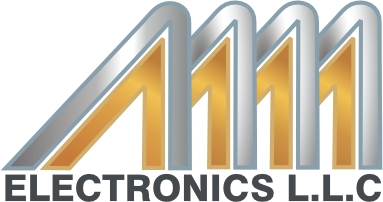Temperature Controller
Sort by
Brands
Hanyoung BK6-M programmable tempereature, Humidity controller
In stock
HAnyoung BK3 programmable tempereature, Humidity controller
In stock
No subcategories found.
Temperature regulation is an essential component of many industrial and commercial operations. Several systems may fail, become less effective, or even suffer catastrophic damage or safety problems if temperature regulation is not good. A temperature controller is a device designed to precisely and automatically manage and maintain a desired temperature within a system.
Exploring the Components of a Temperature Controller
A temperature controller’s applicability can range from sophisticated industrial activities like chemical processing or semiconductor production to home HVAC systems. Regardless of the application, a temperature controller typically consists of four primary components: a temperature sensor or probe, a controller or processing unit, an output actuator, and a power source.
The temperature sensor or probe, which measures the system’s current temperature, sends data to the controller or processing unit. By comparing the current temperature to a goal temperature or setpoint, the controller determines whether the system needs to be heated or cooled. The output actuator then alters the system’s heating or cooling components, such as a heater or air conditioner compressor, to achieve the desired temperature.
The controller keeps the system at the proper temperature by constantly checking the temperature and making any necessary adjustments.
Exploring Different Types and Features of Temperature Controllers
There are numerous types of temperature controllers, each with its own set of pros and cons. Typical types include on-off controllers, proportional controllers, derivative controllers, and PID controllers. When on-off controllers simply switch heating or cooling units on and off in response to the temperature sensor, large temperature swings might occur. Proportional, derivative, and PID controllers employ more complicated algorithms to more precisely regulate temperature and reduce fluctuations.
Temperature controllers may have additional functions or configurations depending on the application. A safety limit feature, for example, can prevent the temperature from rising above a predetermined safety level.
A ramp and soak function allows the temperature to be gradually increased or lowered over a defined length of time rather than abruptly activating or deactivating heating or cooling components. Some controllers can even be controlled remotely using a computer or mobile device.


